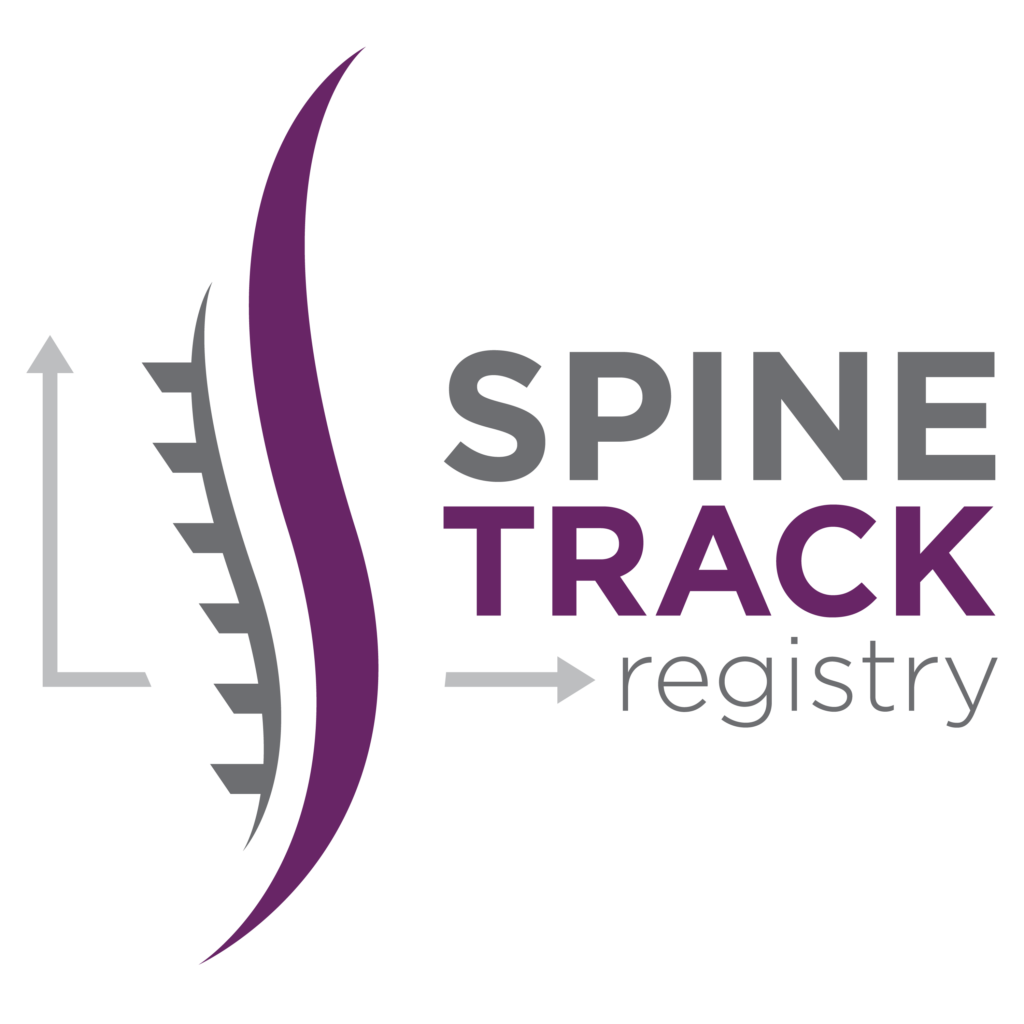The SpineTRACK Registry is a prospective, multicenter, observational data collection quality improvement tool that was established in 2011. SpineTRACK serves as a comprehensive and collaborative data collection solution for spine practices.
With the Qualified Clinical Data Registry (QCDR) designation, SpineTRACK can help eligible clinicians meet Medicare quality reporting requirements and participate in the Merit-Based Incentive Payment System (MIPS) to qualify for higher payments and avoid a negative payment adjustments in the future. And, there is no added cost for this service.

“SpineTRACK is a unique differentiator for NuVasive and is the longest-running spine outcomes database sponsored by any spine company,” said Matt Link, Executive Vice President of Strategy, Technology and Corporate Development for NuVasive. “Since 2011, more than 9,500 patients have been enrolled in SpineTRACK and numerous peer-reviewed papers have been published using its data. The QCDR designation helps our customers meet quality reporting criteria to deliver optimal results and earn incentives that can grow their practices. This is truly a value-add that aligns with our focus on systems-based spine solutions.”
Background:
The Medicare Access and CHIP Reauthorization Act of 2015 (MACRA) streamlined a collection of quality programs into a single system where Medicare physicians and other clinicians have a chance to be rewarded for better care. There are two paths in the Quality Payment Program:
- Merit-based Incentive Payment System (MIPS)
- Advanced Alternative Payment Models (APMs)
Under MIPS, there are four performance categories (weights to final score for the 2020 payment year):
- Quality (50%)
- Clinical practice improvement activities (referred to as “Improvement Activities”) (15%)
- Meaningful use of certified EHR technology (referred to as “Advancing Care Information”) (25%)
- Resource use (referred to as “Cost”) (10%)
Each category is weighted and factored into a final MIPS score which affects Medicare payments in 2020 for the 2018 reporting year, ±5% depending on participation. To learn more about the MIPS program, visit https://qpp.cms.gov/mips/overview.
MIPS-Eligible Clinicians
In 2018, MIPS-eligible clinicians are defined as physicians, physician assistants, nurse practitioners, clinical nurse specialists, and certified registered nurse anesthetists who:
- Have >$90,000 in Part B allowed charges;
OR
- Treat >200 Part B beneficiaries for a given reporting year.
Exempt Clinicians
- Providers who do not meet the low volume threshold;
- Providers enrolled in Medicare for the first time during the MIPS performance period; or
- Qualifying APM participants.
SpineTRACK Services
A QCDR is an entity that collects clinical data from MIPS clinicians (both individual and groups) and submits it to CMS on their behalf for purposes of MIPS. The SpineTRACK Registry is now qualified to submit data to CMS on behalf of MIPS clinicians for the Quality category. SpineTRACK supports both MIPS (CMS-defined) and non-MIPS measures, including:
- Percent of patients meeting minimal clinically important difference (MCID) thresholds for back or neck pain
• Percent of patients meeting MCID thresholds for leg or arm pain
• Percent of patients meeting MCID thresholds for pain-related disability (ODI/NDI)
• Percent of patients meeting substantial clinical benefit (SCB) thresholds for back or neck pain
• Percent of patients meeting SCB thresholds for leg or arm pain
• Percent of patients meeting SCB thresholds for pain-related disability (ODI/NDI)
To view all SpineTRACK-supported measure descriptions and specifications, click here.
To learn more about the SpineTRACK Registry and how you can participate, click here.
If you have any questions, please email NuVasive Clinical Resources at [email protected].